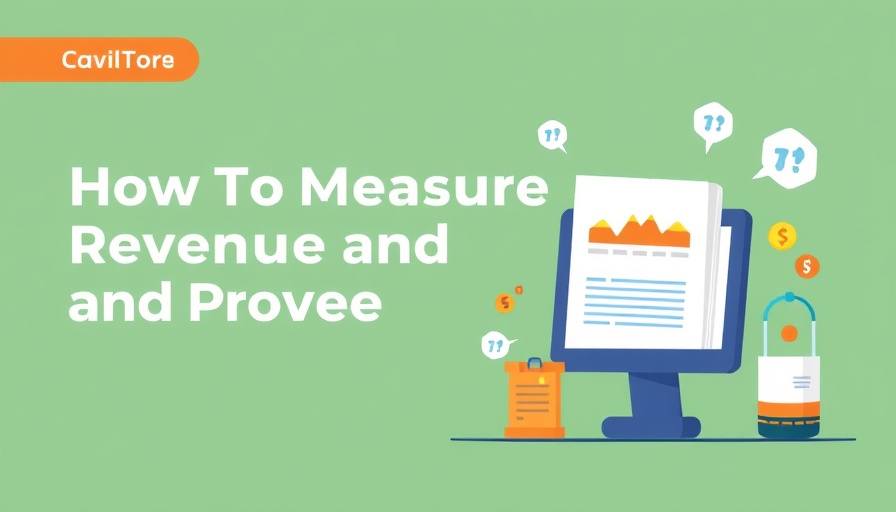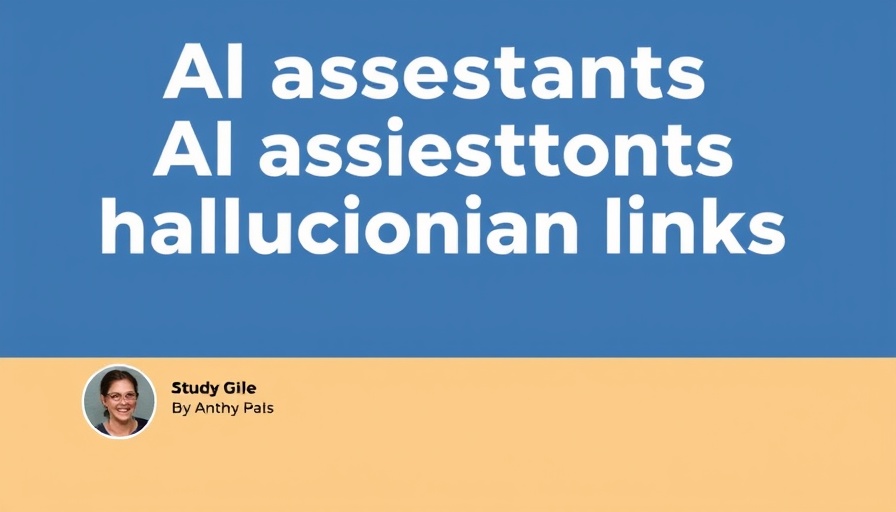
Understanding the WordPress 6.8.2 Update and Its Implications
The recent release of WordPress 6.8.2 has brought about significant changes, particularly regarding security support for older versions. Comprised of 35 fixes for the core system and enhancements for the Gutenberg block editor, this update aims to improve user experience and streamline website management. However, the most notable change is the discontinuation of security support for versions 4.1 through 4.6, which affects a small fraction—only 0.9%—of WordPress sites.
The Importance of Regular Updates
WordPress updates serve not just to eliminate bugs or issues but also to enhance security. The removal of support for outdated versions highlights the need for users to regularly update their installations. As outlined in the official update announcement, dropping security patches for versions 4.1 to 4.6 has been a necessary step due to their age—over nine years—and the overwhelming statistic that over 99% of installations are operating on newer versions. This shift emphasizes the balance between security and the development of new features.
Addressing Security Concerns
With the termination of support for older versions, site owners must be proactive about security risks. Users are encouraged to update their systems to mitigate vulnerabilities that could be exploited by malicious actors. Adequate security practices—such as regular updates, strong passwords, and active security plugins—can help safeguard websites that are currently running on supported versions. It is also an opportunity to assess whether all features and plugins in use align with the latest WordPress standards.
The Future of WordPress Development
The discontinuation of support for legacy versions indicates a clear trend: WordPress development is leaning toward modernization and efficiency. Such decisions may encourage users who are hesitant to adopt updates to reconsider their approach. As the platform evolves, embracing changes can lead to not only enhanced security but also smoother functionality through the introduction of features like the development mode for block editor styles, which allows immediate style changes without needing a cache clear.
A Look Ahead: Preparing For Future Releases
As WordPress continues to grow, future updates will likely follow a similar path of phasing out legacy support to focus on robust, secure, and innovative features. Users should be mindful of upcoming changes and prepare to transition to newer versions promptly. By staying informed and proactive about updates, website owners will contribute to the overall health of the WordPress ecosystem, enabling better performance and security for all.
Conclusion: The Critical Role of Staying Updated
Keeping WordPress installations updated is essential not only for individual site security but for the integrity of the broader ecosystem. As changes like those introduced in version 6.8.2 become standard, the conversation around maintaining a secure, efficient online presence becomes increasingly critical. Site owners should act on this update now, reviewing their current setups and ensuring that they are using the latest supported versions.
 Add Row
Add Row  Add
Add 




Write A Comment